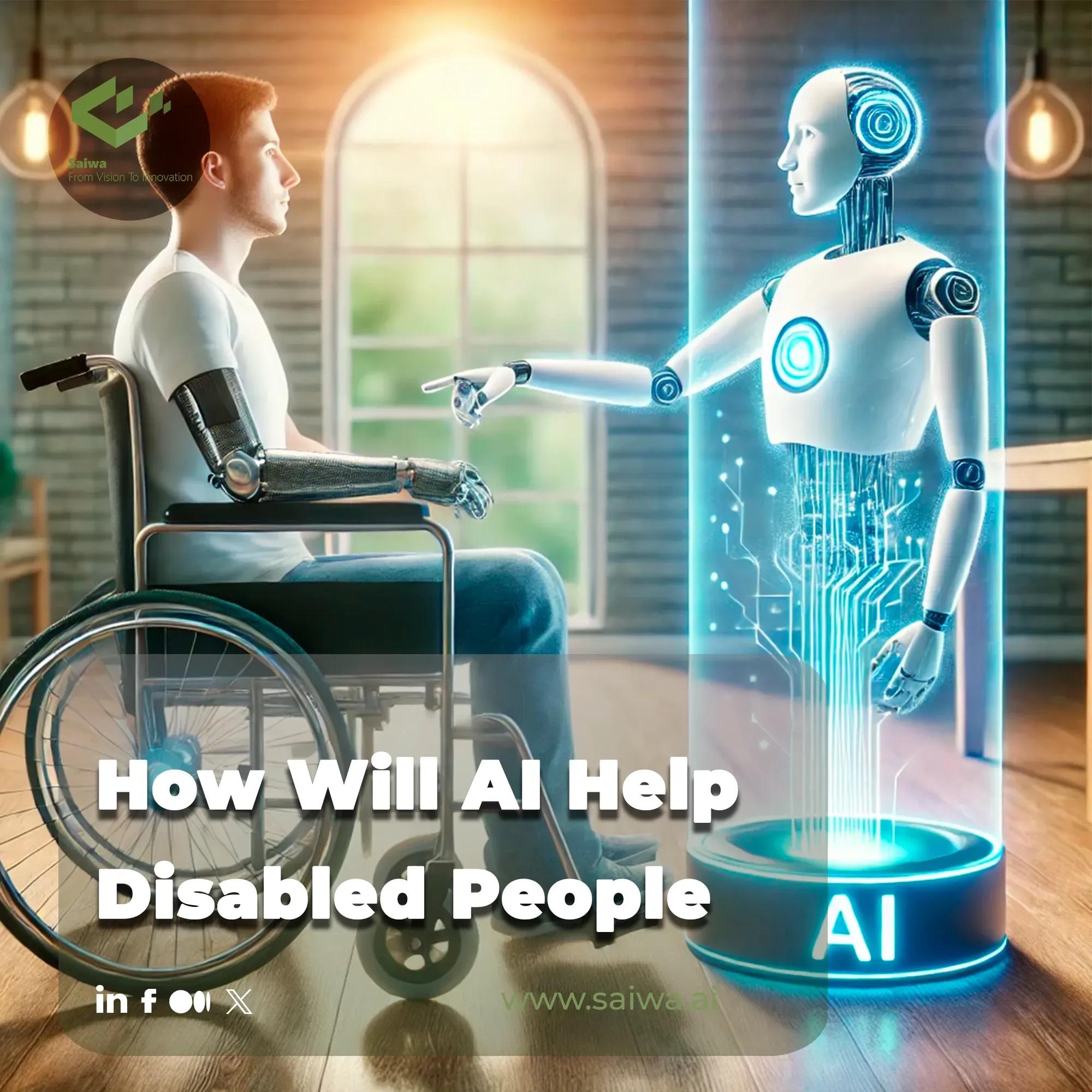How AI Empowers Students with Disabilities: Transforming Support and Learning
Technology has always played a pivotal role in education, but the rise of artificial intelligence (AI) is nothing short of revolutionary—especially for students with disabilities. AI-driven solutions are breaking down learning barriers,fostering inclusivity,and offering personalized support. In this article,we explore how AI empowers students with disabilities,transform their learning experiences,and inspire brighter educational futures.
Why AI Matters in Inclusive Education
students with disabilities have traditionally faced obstacles in mainstream educational environments,from inaccessible materials to a lack of personalized support. AI in education for students with disabilities addresses these challenges by providing adaptive tools, real-time assistance, and more equitable learning opportunities. With increasing adoption of digital platforms in classrooms, AI brings a timely and critical transformation.
- over one billion people worldwide experience some form of disability (World Health Organization), many of whom are students navigating complex educational needs.
- AI-powered educational tools are designed to enhance accessibility, foster independence, and amplify students’ potential.
Key Benefits of AI for Students with Disabilities
Integrating AI technology in classrooms not only benefits students with disabilities, but also enriches the educational experience for everyone. Here are some pivotal advantages:
1. Personalized Learning Paths
- Adaptive AI algorithms assess individual strengths, weaknesses, and learning styles.
- Students receive customized content paced to their abilities, minimizing frustration and maximizing engagement.
2. Enhanced Communication
- Speech-to-text and text-to-speech software facilitate communication for students with visual, hearing, or speech impairments.
- AI-powered translation and real-time captioning ensure materials are accessible across languages and abilities.
3. Smart Content Accessibility
- AI tools can automatically generate alt text for images and convert text to Braille.
- Digital reading assistants highlight key information, summarize passages, and help with tough vocabulary for neurodiverse learners.
4. instant Feedback & Support
- AI-tutors offer immediate feedback on quizzes,assignments,and practice problems,helping students stay on track.
- Chatbots provide 24/7 assistance, answering common questions and guiding students through challenges.
Practical Applications: AI Tools Supporting Students with Disabilities
Let’s dive into some real-world AI applications in education for students with disabilities that are transforming classrooms right now:
Speech Recognition & Conversational AI
- Seeing AI: Narrates the world for partially sighted or blind learners.
- Voice-activated assistants like Siri and Google Assistant help with hands-free navigation of learning platforms.
AI-powered Reading & Writing support
- Read&Write by Texthelp: Enhances reading fluency, comprehension, and writing for dyslexic and neurodiverse students.
- Grammarly and similar services offer grammar, style, and spelling correction for students with learning disabilities.
Real-Time Captioning & Translation
- Zoom’s live transcription and AI-generated captions on video lessons open up access for students who are deaf or hard of hearing.
- Auto-translation tools foster inclusive classrooms for students who are non-native speakers or use sign language.
First-Hand Experience: Voices from the Classroom
AI’s impact is best understood through the eyes of the students and teachers who benefit daily. Here are some compelling stories:
“I struggled to keep up in class due to my dyslexia. With Read&Write, I can listen to my textbooks and get definitions for words instantly. It’s boosted my confidence and helped me catch up with my peers.”
— Emily, high school student
“The speech recognition feature on my laptop changed everything. I can dictate essays and participate in class discussions without needing a scribe.”
— Lucas, university student with cerebral palsy
case Studies: AI Transforming Education for All Abilities
Case Study 1: AI and Dyslexia Support
- Challenge: Struggling readers falling behind in literacy skills.
- AI Solution: Implementation of AI-powered text-to-speech and reading comprehension tools in primary schools.
- Outcome: Meaningful improvements in reading fluency and comprehension rates, bolstering students’ self-esteem and participation.
Case Study 2: Real-Time AI Transcription in university Classrooms
- Challenge: Students with hearing impairments missing lecture content.
- AI Solution: Introduction of real-time captioning using AI transcribers and video-to-text tools.
- Outcome: Increased classroom engagement and independence among deaf and hard-of-hearing students.
Helpful Tips: Maximizing the Benefits of AI in Education
- Collaborate: Work closely with special educators to choose AI tools tailored to students’ specific needs.
- Training: Provide ongoing training for teachers, support staff, and students in using AI-based educational technology.
- Feedback Loops: Regularly gather feedback from users and adapt tools as needs evolve.
- Security: Ensure AI platforms comply with accessibility guidelines and data privacy standards (such as GDPR or FERPA).
- Inclusivity: Involve students with disabilities in the design and implementation of AI solutions to enhance usability and effectiveness.
Future Trends: Where Is AI and Accessibility in Education Heading?
AI accessibility tools for disabled students continue to evolve rapidly. Here are some emerging trends to watch:
- Emotion recognition: AI detecting emotional states and stress levels, adapting support accordingly.
- Gesture and eye-tracking interfaces: For students with limited motor skills, new interfaces enable control with minimal movement.
- Personalized virtual tutors: AI-driven learning companions that adjust agents’ complexity, speed, and reinforcement techniques.
- Real-world integration: Smart classroom devices and IoT (Internet of Things) for seamless, multi-sensory learning environments.
Conclusion: The Game-Changing Role of AI in Inclusive Education
AI empowers students with disabilities by transforming the educational landscape, creating environments that adapt to every learner’s needs and abilities. From personalized learning platforms to real-time accessibility tools, artificial intelligence is reshaping support systems and unlocking new pathways to academic and personal success.As educators, parents, and technologists embrace these innovations, we are collectively building a more inclusive, equitable future for all students.
If you’re passionate about AI in education and accessibility, now is the time to explore, experiment, and advocate for these tools within your learning community. With AI leading the way, let’s ensure every student has the resources and opportunities they need to thrive.

